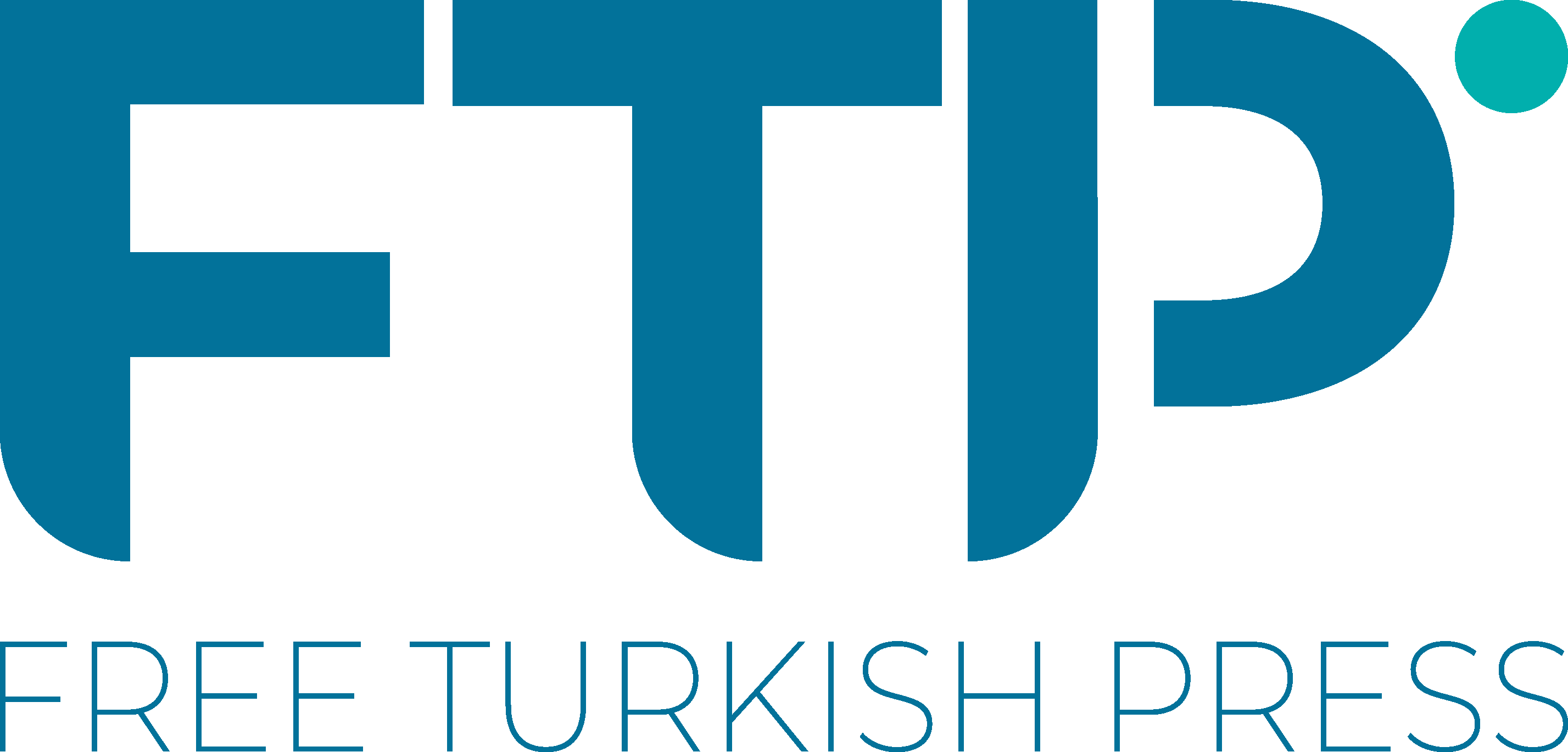In June, a new Minister of Treasury and Finance and President of the Central Bank were appointed. There has frequently been an emphasis on a ‘return to rationality’. But where is the Turkish economy going? Are the Central Bank’s interest rate increasing enough? What will happen with inflation at the end of the year? Will the promise of investment from the United Arab Emirates solve economic problems?
Mühdan Sağlam’s interview with Prof Fatih Özatay addresses these questions. Prof Özatay served as the Vice President of the Central Bank of Turkey (TCMB) between May 2001 and April 2006, focusing on designing monetary policy.
He was also a member of the Monetary Policy Board (PPK). He is currently vice president of the Turkish Economic Foundation, advisor at The Economic Policy Research Foundation of Turkey (TEPAV) and a columnist at Dünya daily. He has published two books: Finansal Krizler ve Türkiye (Financial Crises and Turkey) and Parasal İktisat: Kuram ve Politika (Monetary Economics: Theory and Policy).
***
After the election, there were high expectations of a change in economic policy. This seems to have happened: Hafize Gaye Erkan is s at the head of the Central Bank, and Mehmet Şimşek became the Minister of Treasury and Finance. However, there is no eceonomic program. What awaits us?
Turkey was not in a sustainable situation before the election. Too many burning problems, and they have accumulated. One is high inflation and melting salaries. Secondly, the budget deficit increased, both due to the election economy and to the potential work to be done after the earthquake and its aftermath. The budget deficit is increasing significantly, and it had to be controlled. Third, current transactions have not been fundable.
This is an acute problem. The current account deficit needs to be financed. These are short-term and long-term solutions.
What was expected before the election was that both the opposition—if elected—and the government—if it continued—would prepare a program to address these questions. After the election, a new the Treasurer and Central Bank Governor were appointed [with the expectation that this meant a return to rational economic governance].
But the task is not simply about appointing two people. It’s a whole team job. When we look at it as a team, though the head of the Central Bank has changed, the Monetary Policy Board (PPK) determines the interest rate by a majority decision. The rest of the PPK stands, and decisions are made by its majority of votes.
In this case, for example, if the Central Bank Governor demands a higher interest rate increase but does not get a majority vote in the board, this decision does not pass, does it?
Yes, according to the law, a majority of votes must be provided. For this reason, most decisions are discussed beforehand to try to get a unanimous vote. But this is important, because the team that lowers interest rates while inflation increases is still there.
So why do you think they weren’t changed?
Honestly, I don’t know. Of course, from the point of view of MB independence, they both need to change one by one. However, we are now in an extraordinary period with urgent problems, and some of them are related to monetary policy. These members stayed in their places, but the minister responsible for the economy, and the Minister of the Treasury has changed. This is important, but there is no program; what program will be implemented by that minister?
Last week, Vice President Cevdet Yılmaz pointed to September for the announcement of an economic program.
Yes, because the Medium Term Program (OVP) will be announced, yet the OVP is constantly being announced. There was an OVP when there were painful problems. We need a program that will change our expectations, open our horizons, and this time we can say that “rationality is returning, things will be fine.” But if these problems could be answered by the OVP, why wasn’t it announced in June? Why is it not announced now but expected in September? Two months have passed since the election. One wonders why two more months are needed.
When there is no program, there is no inflation target… When there is no inflation target, it is necessary to ask how the interest rate decision announced on July 20 was made…
The Central Bank (CB) mentions its 5 percent target in its post-decision statement. Isn’t that enough?
There are two problems at this point. Under the law, the CB normally explains the inflation target together with the government. Now we don’t know the annual target. We could say there’s little time left until the end of the year, but we don’t know the 2024 target either. It’s called the medium-term target, but in MB jargon that means three years.
So in three years we will reach 5 percent. How do we reach this 5 percent? How much will inflation decrease when we reach 5 percent?
The second question is that considering the recent tax decisions and the jump in the exchange rate, inflation will also jump. At the end of the year, maybe it will increase to 60 or 70… How are we going to drop it to 5 percent after 70 in 2.5 years…
Are there any examples where inflation in Turkey or the world has decreased from 70 percent to 5 percent in less time?
Yes, there is, actually in Turkey. Inflation, which was at 72 percent in January 2002, fell to 7 percent in mid-2005. But this 5 percent target has been around since 2012.
If the target is believable, then contracts play an important role in cost, that is, in reducing inflation itself, within the framework of that target. But there are no goals, no programs.
MB has announced a 5 percent medium-term target. How will we decrease from this 65 percent to 5 percent, what kind of path will we follow? We do not know.
If you have a budget deficit and it goes to very high dimensions, you have to reduce it. If you can’t, this is a big problem. Your debt increases, the borrowing interest increases, and you cannot borrow. Argentina went through a similar process.
The budget deficit is a very dangerous thing…[moving] towards 8-10 percent of the estimates of national income. According to the Maastricht Criteria, for example, this should be 3 percent.
There are some reasons why the budget deficit increases like this. For example, earthquake expenditures are expected to be 100-150 billion dollars. However, the tax increases that should have been made in advance were postponed due to the election and made in a shocking way.
There would be a tax increase, but it is a political choice whether it will be an indirect tax or wealth tax or a tax higher than high income that cuts everyone, such as VAT. Some taxes have been lowered due to the Covid pandemic; there would be no need for shock if they were gradually increased. It was preferred to do it all of a sudden because it’s easier.
A different government could have made a different choice. But that doesn’t change the fact: it’s a problem of distribution and it’s a political choice.
There is talk of austerity measures, and it is said that this will bring stagnation, shrinkage and unemployment. Is this formula still valid? Is unemployment always waiting for us at the end of this road?
If you have a four-pronged program that takes into account structural problems, if there is no big confusion in global financial markets, if there is no big problem in domestic and foreign policy, then such a program reduces the risk premium in these conditions. The falling risk premium reduces uncertainty and expands the planning horizon, creating a more investment-appropriate environment.
Turkey is a big economy; it can attract a lot of foreign capital. Of course, foreign capital does not come running immediately because the program has been announced, it watches and waits a while. However, you can solve the burning financing problem, depending on the implementation of your program, with short-term capital and then direct investment. Under these conditions, the CB reserves begin to increase, exchange rate increases stop, and inflation begins to decrease. This restrains unemployment. If you can design a program that reduces inflation, it may not be an enemy of growth.
President Erdogan went on a Gulf tour and it’s been said that an investment agreement of $50.7 billion would be made with the UAE. However, there is an external debt of 207 billion dollars, and there is an increasing current account deficit. There is a variable risk premium. Is this investment enough? How much investment is needed?
Now, Turkey needs foreign currency for three reasons. First, the current account deficit. Some of the difference, more than imports and exports, closes with tourism revenues, but we still have a current account deficit. Now that you spend more than your foreign exchange income, you need to finance it. If you can’t provide this, then imports and growth decrease. If you don’t get more foreign currency, you won’t be able to import energy.
Second, there are periods when the conversion rate drops to 40 percent. In this case, there may be downsizing and layoffs.
Also, now that you are in a risky situation, they may not want to lend, or they may ask for very high interest rates. Currently, Turkey’s dollar-denominated borrowing interest is around 10 percent, which we can call a loan shark interest.
When borrowed with this interest, companies and banks may not want to take this debt this time. If 40 billion dollars of this comes from current transactions and 30-40 billion from such debts, this means that you need to find 80 billion dollars of financing in the next 8-12 months. These are relations with foreigners, and if those in the country suddenly return to foreign currency, a more difficult situation arises.
This situation is not a one-time need that happens every year. You have an external debt due every year. You have been a debtor country for years, and it doesn’t end because you paid USD 207, so water needs to flow to the mill all the time. Think of current transactions as mills: you need to find constant water and financing. It doesn’t work because it comes once from the UAE.
The second is the quality of the incoming investment, the financing. The most requested direct investment… If it is building a new factory, making roads, building a power plant, bringing technology, contributing to the workforce…. It may also be that it is not setting up anything new, it is taking the existing assets here. If it’s a not bad investment, of course, if it runs the old factory with new technology…
Qatar, UAE, they are not industrial countries. So they will take assets, so that technology won’t change. Of course, there is a financing problem that can work again, but it is necessary to think of it as a lifeline. Turkey’s burning problem is the current account transactions problem and the financing of USD 207 billion. Whichever program you implement, this cannot be achieved immediately by direct investment.
Even if you announce a serious program, life water is needed; capital does not come running right away. If there was a decent program before, if the CB was doing the right thing with that framework, this investment would work.
For example, let’s say 5-10 billion dollars come in, a few months of financing would reduce your need. After that, you’d gradually reap the fruits of the program you implement; financing would come to you at the global level. But the problem is that we can’t see it.
This interview was published in Turkish by ArtiGercek news site. It has been translated and shortened by FTP.


